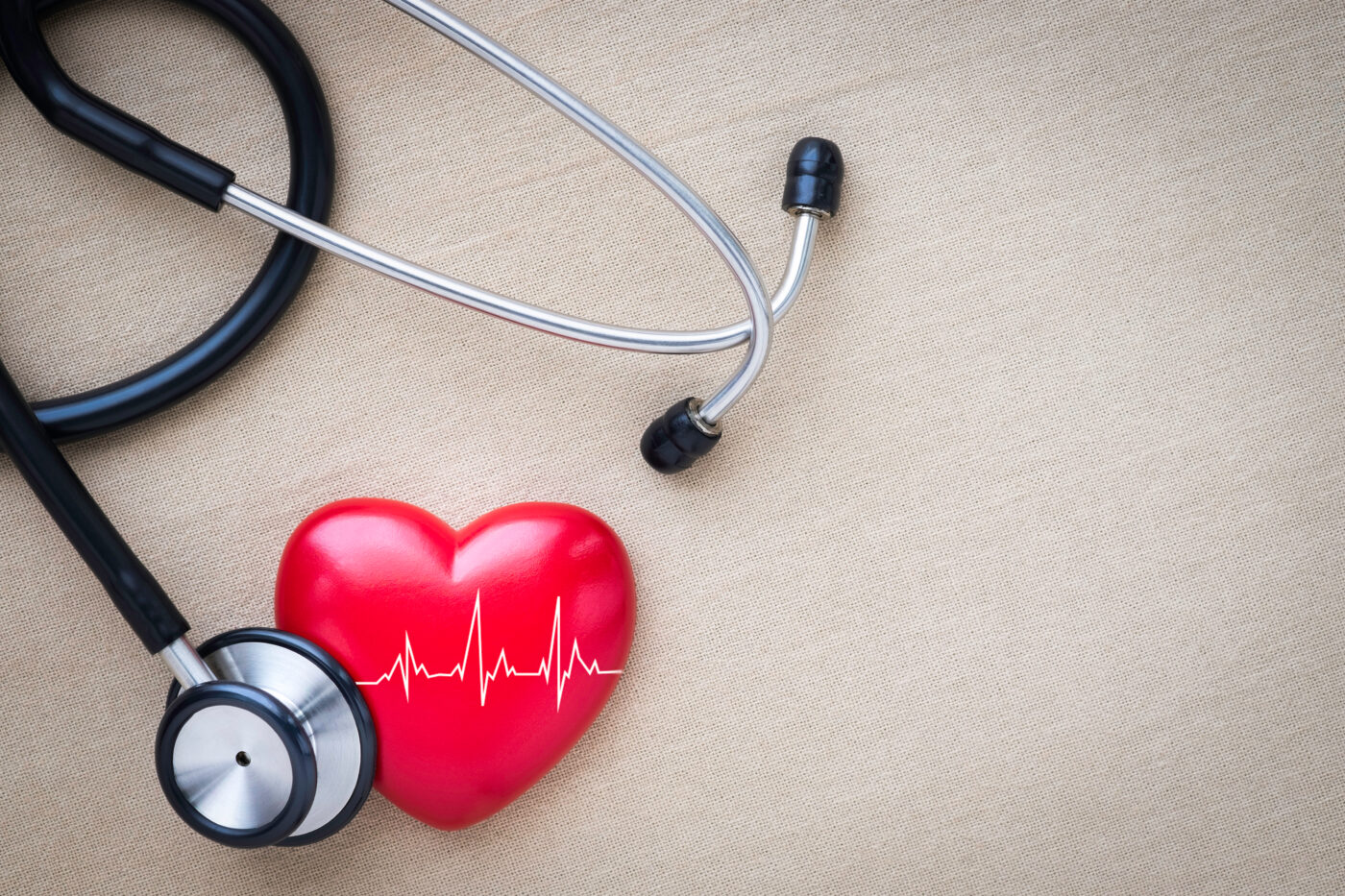Before we begin, we need to know the difference between type 1 & type 2 diabetes?
Dr. Scott Saunders M.D. explains that with type 1 diabetes, the pancreas doesn’t produce enough insulin. In contrast, type 2 diabetes occurs when the body becomes resistant to insulin, even when it’s present in sufficient amounts.
Our cells require energy to function, and glucose is one of the primary sources of energy. When glucose is present in the bloodstream, insulin binds to the cells’ receptors, allowing glucose to enter the cells and be used for energy.
In type 2 diabetes, the body can receive more glucose than it needs, the cells then become jam-packed with glucose, which is stored as glycogen. When the cells are filled with glycogen, they shut off their insulin receptors, preventing more glucose from entering the cells. This insulin resistance leads to high blood sugar levels, as the glucose remains in the bloodstream instead of being used for energy.
To combat this insulin resistance, the body needs to use up the energy stored in the cells. Exercise can help, but another effective approach is to reduce carbohydrate intake.
Carbohydrates are the primary source of glucose in the diet, and by reducing carbohydrate intake, the body will have less glucose to store in cells, and insulin resistance may improve.
A low-carbohydrate diet may help manage blood sugar levels and improve insulin sensitivity, leading to better glucose control.
So give a low carb diet a try! If you want more information on how to get started, please visit www.DiabetesReversed.com. And If you have type 2 diabetes, consult your healthcare provider before making any significant changes to your diet.
-Leslie Prins
Host of the Fix Blood Sugar Webinar



